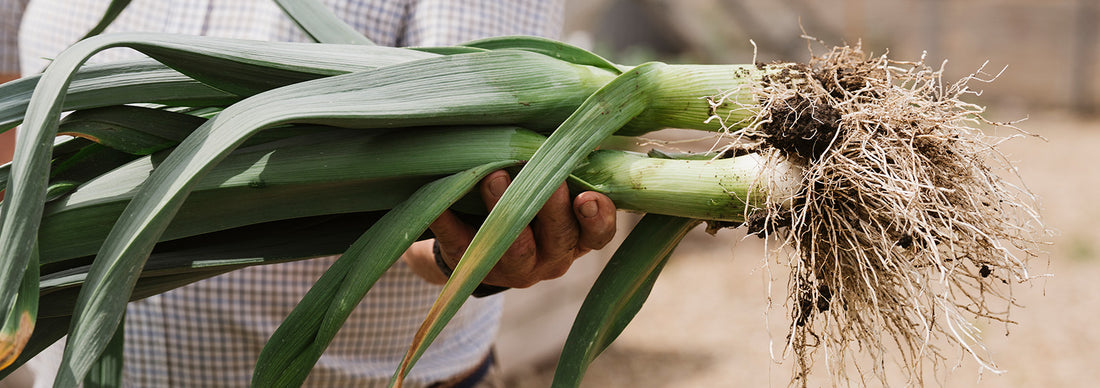Companion planting is an old method of growing multiple plants together that are beneficial to each other, it is a natural form of pest control and can help you to grow healthier and stronger plants. Some of the benefits of companion planting can include increased pollination, disease prevention and pest reduction. Scent is a common way in which companion planting can work, with a strongly scented companion plant deterring pests, however, some companion plants can have antibacterial or antifungal properties, or can be attractive to beneficial insects which can prey on pests to keep numbers down.
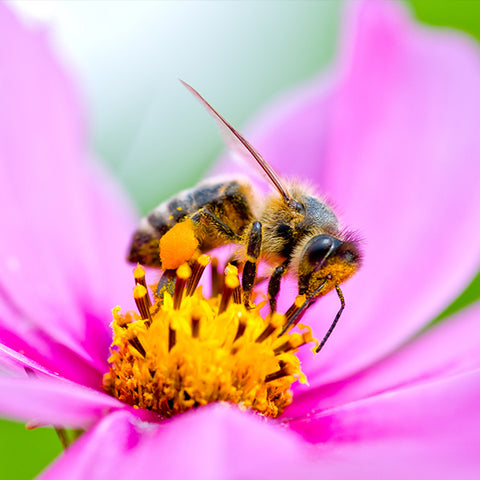
Companion planting is most often used in the veg patch, however, you can also use companion planting for ornamental planting, such as roses.
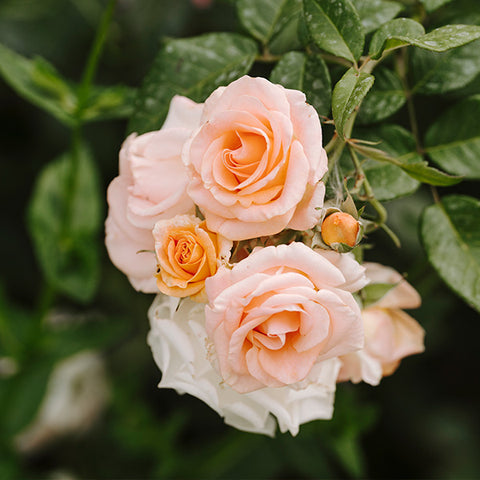
Companion planting is certainly worth trying in our veg patch, it is a brilliant way to help gardeners achieve bigger harvests with less effort!
Companion Planting Combinations To Try
Nasturtiums & Cucumber/Courgette/Cabbage/Kale/Cauliflower/Runner Beans/French Beans - Nasturtiums are often planted as a sacrificial crop as they are easy to grow and are brilliant at attracting pests so the pests avoid your more valuable crops. Nasturtiums will attract aphids and cabbage white butterflies, keeping them off your vegetables!
Try Nasturtium Ice Cream Sundae & Cabbage Winnigstadt
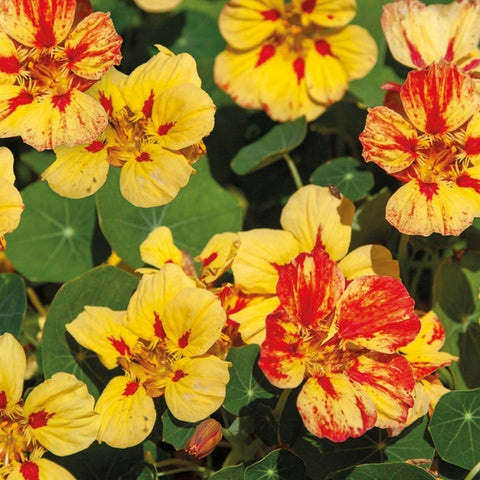
Squash & Borage - Often found in wildflower mixes, borage is also incredibly useful as detering hornworms and aphids away from your growing squash, plus the beautiful flowers are great for attracting pollinators.
Try Squash Spaghetti Stripetti & Borage
Calendula & Broccoli - Calendula flowers produce a sticky substance on their stems that attract and trap aphids, keeping them trapped away from your broccoli. Plus, this in turn attracts more ladybirds!
Try Nature's Haven Calendula Canteloupe & Broccoli Parthenon

Lettuce & Aubergine - Pairing lettuce and aubergine is beneficial to the lettuce as the larger, taller aubergine plants help provide shade to your lettuce when intercropped between the aubergine plants, helping to extend your lettuce harvesting period.
Try Organic Lettuce Salad Bowl & Aubergine Pinstripe F1
Tomatoes & Basil - It is an old gardener's tale that growing basil and tomatoes together can improve the flavour of the tomatoes. We can neither confirm or deny that this is true, but the strong scent of basil is certainly useful for deterring aphids.
Try Cherry Plum Tomato Tiger Stripe & Basil Sweet Green
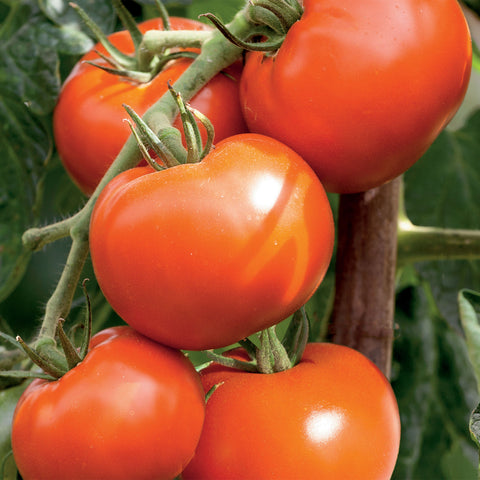
Lettuce & Chives - Aphids hate plants with a strong scent so if your lettuce usually suffers from an aphid infestation, try sowing some garlic chives alongside them.
Try Lettuce Crisphead Robinson & Chives Fine Leaved
Chamomile & Cabbage - Chamomile is brilliant at attracting beneficial insects such as bees, which are required to pollinate your cabbage plants.
Try Nature's Haven Yellow Chamomile & Cabbage Red Sky F1
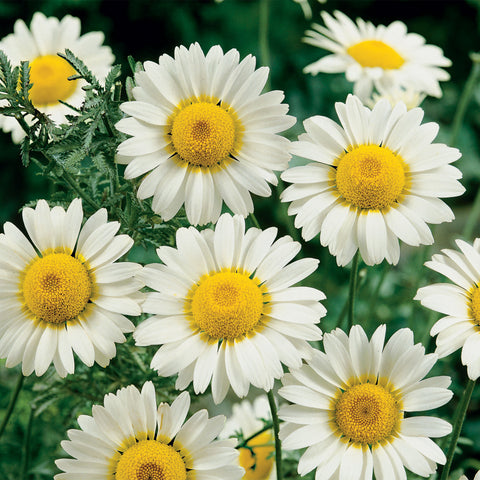
Tomato & Calendula - Calendula lure whitefly and aphids away from your tomatoes. They are also very attractive to pollinators, helping bring in even more beneficial insects to protect your toms!
Try Beefsteak Tomato Marmade & Calendula Needles & Pins
Carrot & Garlic Chives - The strong scent of the garlic chives helps to deter root fly, beetles and many more pests from your carrots.
Try Carrot Rainbow Mix F1 & Chives Fine Leaved

Parsnip & Onion - The strong scent of onions growing alongside parsnips helps deter root fly and aphids, protecting your parsnips whilst also giving you a delicious harvest of onions.

